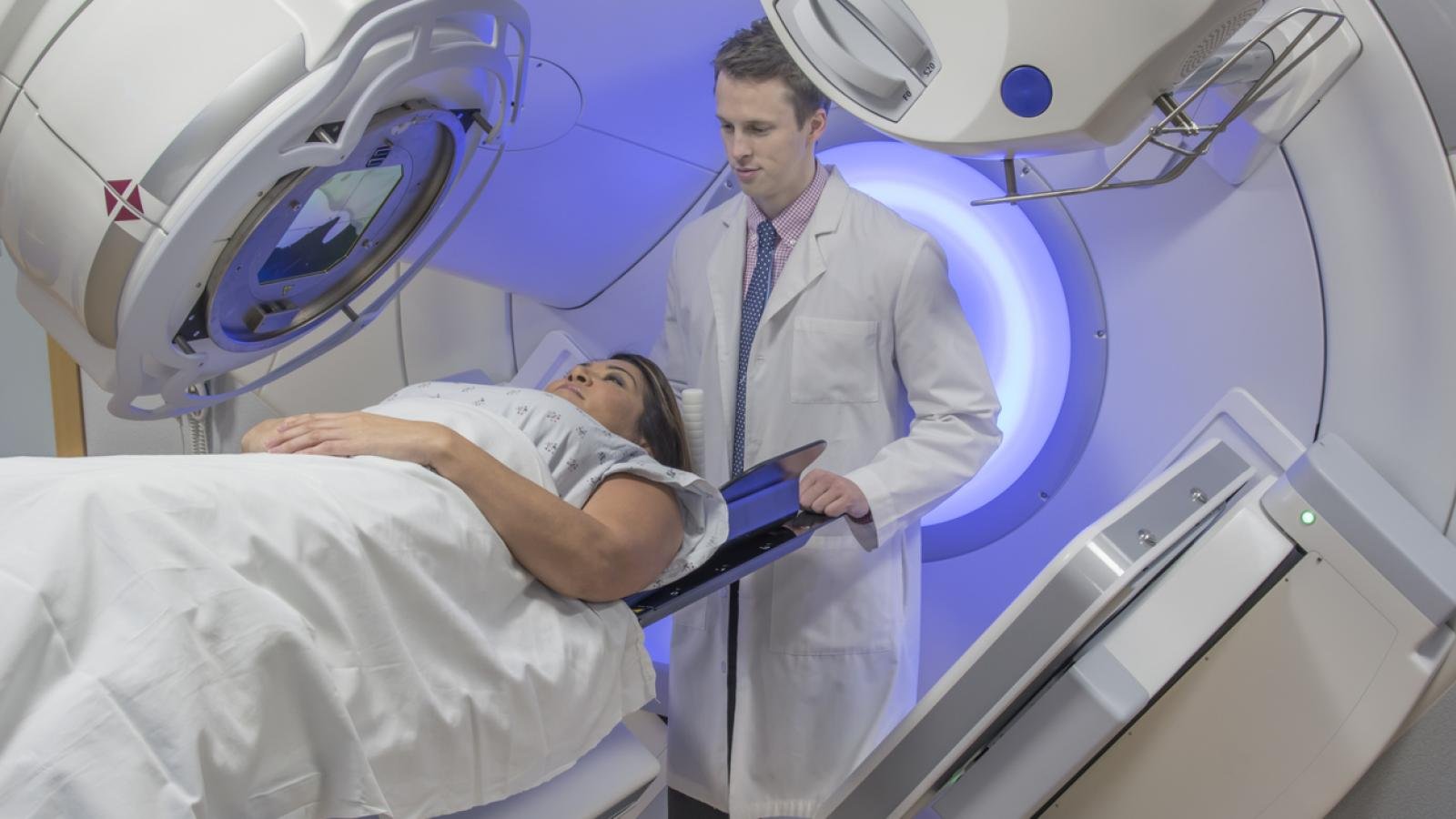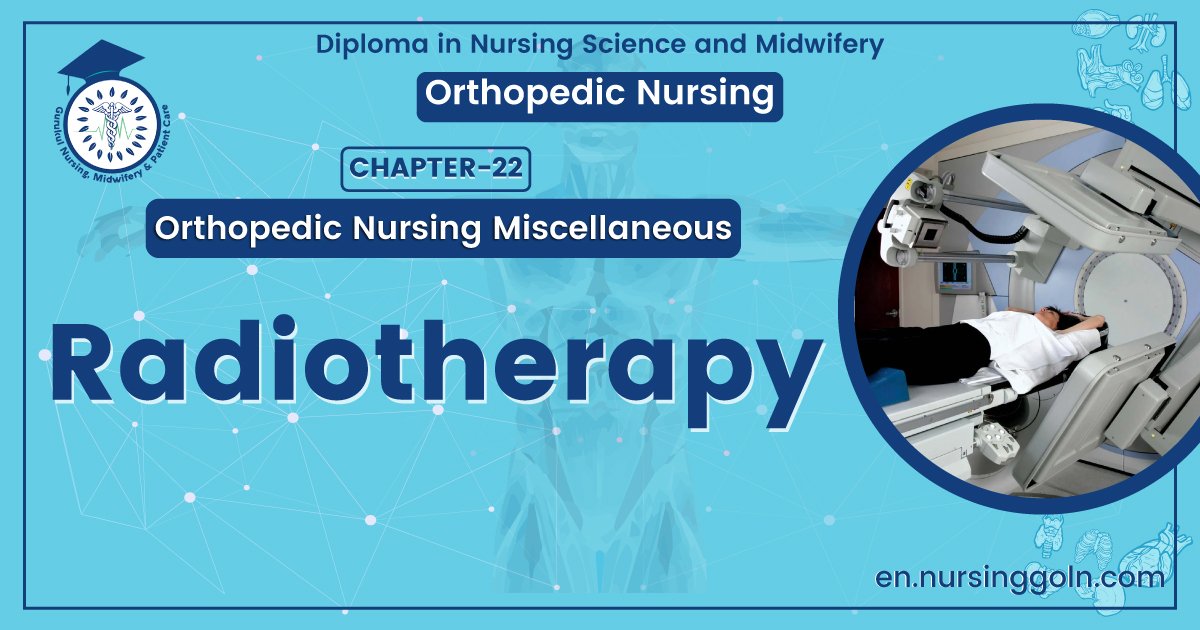Concept of Radiotherapy – An orthopedic nurse is a nurse who specializes in treating patients with bone, limb, or musculoskeletal disorders. Nonetheless, because orthopedics and trauma typically follow one another, head injuries and infected wounds are frequently treated by orthopedic nurses.
Ensuring that patients receive the proper pre-and post-operative care following surgery is the responsibility of an orthopedic nurse. They play a critical role in the effort to return patients to baseline before admission. Early detection of complications following surgery, including sepsis, compartment syndrome, and site infections, falls under the purview of orthopedic nurses.
Concept of Radiotherapy
Radiation is defined as the propagation of energy through space and matter. If the radiation has sufficient energy to eject an orbital electron from an atom during its interaction in matter, it is known as ionizing radiation. With the ionization event there is localized release of a large amount of energy sufficient to break chemical bonds and initiate events that are expressed ultimately as biological damage.
When radiation interacts with biologic matter, ionization may lead to a direct or an indirect effect on the biological system. Direct effects result from direct interaction with the biologic molecule (most commonly DNA for radiation cell killing); the indirect effect arises when X-rays interact with water molecules and create free radicals, which subsequently interact with DNA molecules and cause damage. If the DNA damage cannot be repaired appropriately, cell death or mutations can result.

Different sources of radiotherapy:
1. Deep external beam X-ray therapy:
External beam radiotherapy is usually given by means of high powered linear accelerators. External beam therapy can be categorized as photons (e.g. X-rays and-rays), electrons, or special beams (e.g. neutrons, protons). Most external beam machines deliver treatment from a distance of 80 to 100 cm from the patient. A linear accelerator (the most common external beam treatment machine) is a good example for describing radiation-dose delivery.
2. Local radiotherapy:
For small invasive lesions, local radiotherapy can be delivered by open placement of a radioactive tanalum wire (182Ta) or iridium wire or the implanation of gold grains (198 Au). It is a method of treatment in which radioactive sources incorporated into intracavitary or interstitial devices are used to deliver radiation over short distances. This method takes advantage of the inverse-square law, which states that, for radiation originating from a point source, the intensity of the radiation to a given position varies inversely with the square of the distance between the source and that position.

Radiosensitive tumours/ indication of radiotherapy:
1. Seminoma.
2. Lymphocyte lymphoma
3. Other lymphomas, leukaemia, myeloma
4. Small-cell lung cancer.
5. Choriocarcinoma.
6. Ewing’s sarcoma.
7. Squamous cell carcinoma.
8. Breast cancer.
9. Rectal cancer.
10. Hepatoma.
Radio resistant tumours:
1. Sarcomas other than mentioned above.
2. Glioma.
3. Melanoma.
4. Marjolin’s ulcer

Complication of radiotherapy:
1. Bone marrow: Myelosuppression.
2. Gonads: Amenorrhoea, oligospermia.
3. Eye: Cataract.
4. GIT: Nausea, vomiting, diarrhoeaand mucositis.
5. Skin: Erythema that is identical to sunburn.
- Loss of hair.
- Loss of function of sweet & sebaceous glands.
6. Nervous tissue: Myelitis of spinal cord which may result in:
- Hemiplegia, paraplegia,
- Brown Sequard syndrome & Dysfunction of the anal and urinary sphlincters.
7. Lung:
- Radiation pneumonitis presenting as cough, dyspnea & fever..
- Pulmonary fibrosis & pulmonary failour.
8. Kidney:
- Acute radiation nephritis.
- Chronic nephropathy.
- Anaemia.
- Hypertention.
- Renal failour.
9. Liver: Liver failour.
10. Bone:
- Avascular necrosis, particularly in the head of the femur or humerus.
- Kyphoscoliosis.
- Stunt in children.
11. Cancer development.

Read more:
